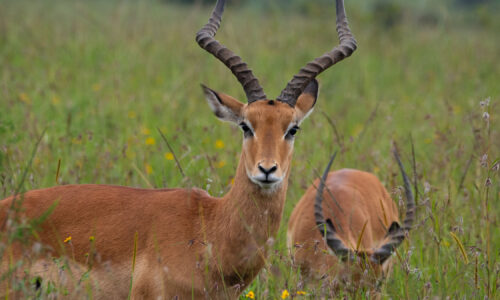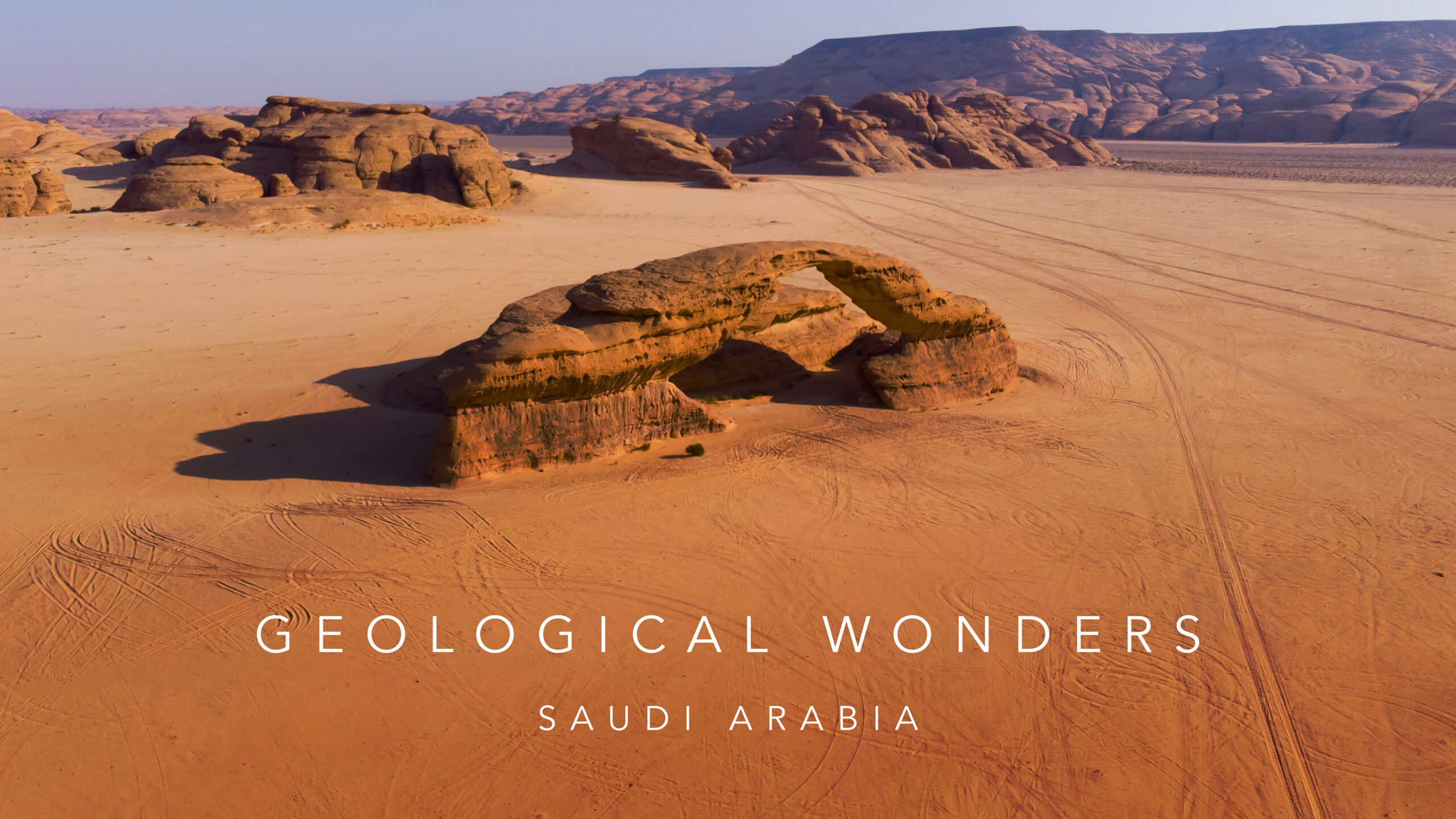How To Find Whales With Your Drone

The whale migration is an amazing sight and even better if you can get shots like these as opposed to viewing them from quite a distance away.
I’d like to share with you some tips and tricks on how to locate the whales, continue to track them, how best to position you drone, the best settings, time of day, time of year and the best and safest places to launch the drone.
I’ve been capturing humpback whales all winter during their southern migration along the eastern coast of Australia.
First of all make sure your drone is registered with your local authorities and if you feel it’s worth it, have public liability insurance. I have my drone licenses such as a Remote Pilots Licensed (RePL) and also the Remote Operator Certificate (ReOC). You don’t need to have these if you’re doing recreational flying but if you do operate a drone commercially and frequently fly near major airports then it should certainly be a consideration.
Also, follow the rules or at least be aware of the rules and regulations around flying near wildlife.
Time of year
Time of year is obviously important as the migration only occurs between certain months of the year. The migration on the eastern coast usually runs from around May to November, with the peak time from September to November during the southern migration back to the feeding grounds of the Antarctic.
Humpback whales generally travel north from around May to migrate to warmer subtropical waters, to mate and give birth, as newborn calves can’t survive in the colder southern waters. The whales then start to migrate back south to the rich feeding grounds of the Antarctic.
The peak time to see migrating Humpback whales is usually between September and November. Mothers and their calves are often seen closer to the shore and travel at a much slower pace allowing for better and more frequent sightings.
Time of day doesn’t matter that much. I’ve not seen any evidence that the morning is better than the afternoon or evening etc. For safety when flying your drone it’s alway better to launch when the wind is at its lightest. This is usually early morning, later in the afternoon or early evening.
Weather
The winds normally pick up during the day and are much stronger along coastal areas. So pay attention to the weather forecasts and pick times of the week when the winds are as light as possible. Anything above 10mph can result in problems with operating your drone. What you’re feeling at ground level can be very different 100m up in the air so be aware of that.
Also, flying in the evening will obviously mean that light is fading rapidly so you’ll need to adjust your settings and also bring the drone home before daylight has passed to avoid breaching any standard drone laws.
Drone Safety
Always practice safe flying. Follow the standard rules regarding drone flying especially in public areas. Make an effort to read and familiarise yourself with your local drone regulations. For example, if you’re flying in a national park or public park there may be restrictions on drone flying or it may be prohibited. Check these things before you fly and avoid flying in and around restricted or controlled airspace.
Location
Location is really important as it’s best to avoid trying to fly in restricted zones. It’s on less thing to consider when operating out at sea. I usually fly at a place called Fingal Head, which is great as I’m already around 10 meters Above Mean Sea Level, or AMSL. This provides me with a great vantage point to spot whales and also dolphins. This means that I have to be more aware when flying the drone not to fly above 110m above ground level, AGL. That’s the elevation from where I’ve taken off as the legal limit is 120 meters AMSL.
Airspace
Also, this location is way outside the restricted or controlled airspace around the Gold Coast airport. It is within Gold Coast control zone C, however it’s ok to fly in this region.There are occasionally small light aircrafts flying over. The DJI controller notifies me when a manned aircraft is approaching so I can manoeuvre the drone to a safe distance. It’s really important to check your intended flight location for restricted zones, VFR routes and other things that could affect air traffic.
Another great thing about this location is thats it’s a headland so it kind of sticks out a bit, also there is a long straight coastline leading towards the headland, great for migrating whales. The whales then have to swim either straight past the headland or around Cook Island.
Sometimes the whales can be see in the waters between the headland and Cook Island, which can be really amazing for drone capture.
Guides & Landmarks
The island also helps me with a visual reference while in the air this helps with me the orientation of the drone when far out at sea. There’s been occasions when I’ve been flying the drone almost 4km out. The island serves as a landmark to help me keep track of where i am. So if you can, find a location with plenty of visual references.
Visual Markers
At the location I usually fly there is quite a lot of activity out on the water. This helps as the boats provide extra visual references while searching and locating for whales. Your field of view while out at sea is huge and the whales will actually appear to be quite small often making them difficult to find.
Sometimes I look out for the whale watching tour boats. If I can find one that I already tracking the whales then all have to do is lock on to the boat and follow it until the whales surface for air.
If I’ve seen a whale breach from the ground I’ll try and look for any boats that might be in the water and then try and position the drone towards where I think the whales might be while also using the boat as a reference marker. Some whales move very quickly through the water so it doesn’t always work.
Drone Position
If the whales have dived under then it’s best to hover the drone to where you think they were and then pan the drone towards the area they’re moving in to and then wait for them to surface.
Avoid a top down camera position until you’ve managed to locate the whales. It’s best to position the drone fairly high up, maybe 60-100 meters and then angle the gimbal down by about 35 degrees. This will give you a better field of view when searching for whales. A top down view will limit your field of view. Once you have managed to lock on to the whales you can start to move the drone in to a better position.
Equipment
I’m currently using a DJI Air 2S with a Mini 3 Pro as a backup. I’m using the DJI RC controller that originally came with the Mini 3 Pro. The Air 2S has a I inch sensor and can record open gate video at 5.4K.
The flight time on the Air 2S can be frustrating. There’s been occasions I’ve been almost 4km out at sea tracking the whales watching boats. Flying out at 3Km does take some time, by the time you’ve managed to find the whales it’s almost time to return to home. So if you can, find a drone with a longer flight time. Also, the Air 2S does not have a tele zoom lens. This would help significantly to avoid having to fly closer to whales and alos boats on the water. With a telephoto lens I’d be able to fly consistently at a safer distance.
The photography on the Air 2S is not the best, especially for moving subject like whales and dolphins. Having aperture control on the lens would also be a huge benefit.
Anyhow, I’ve managed to get some great shots using a drone thats now a bit dated. The Mavic 3 or Mavic 4 would be great options because of the telephoto lenses and aperture control.
For now I’m sticking with the Air 2S as it’s delivering some good results, is relatively low risk for me, ands is also great value for money.


